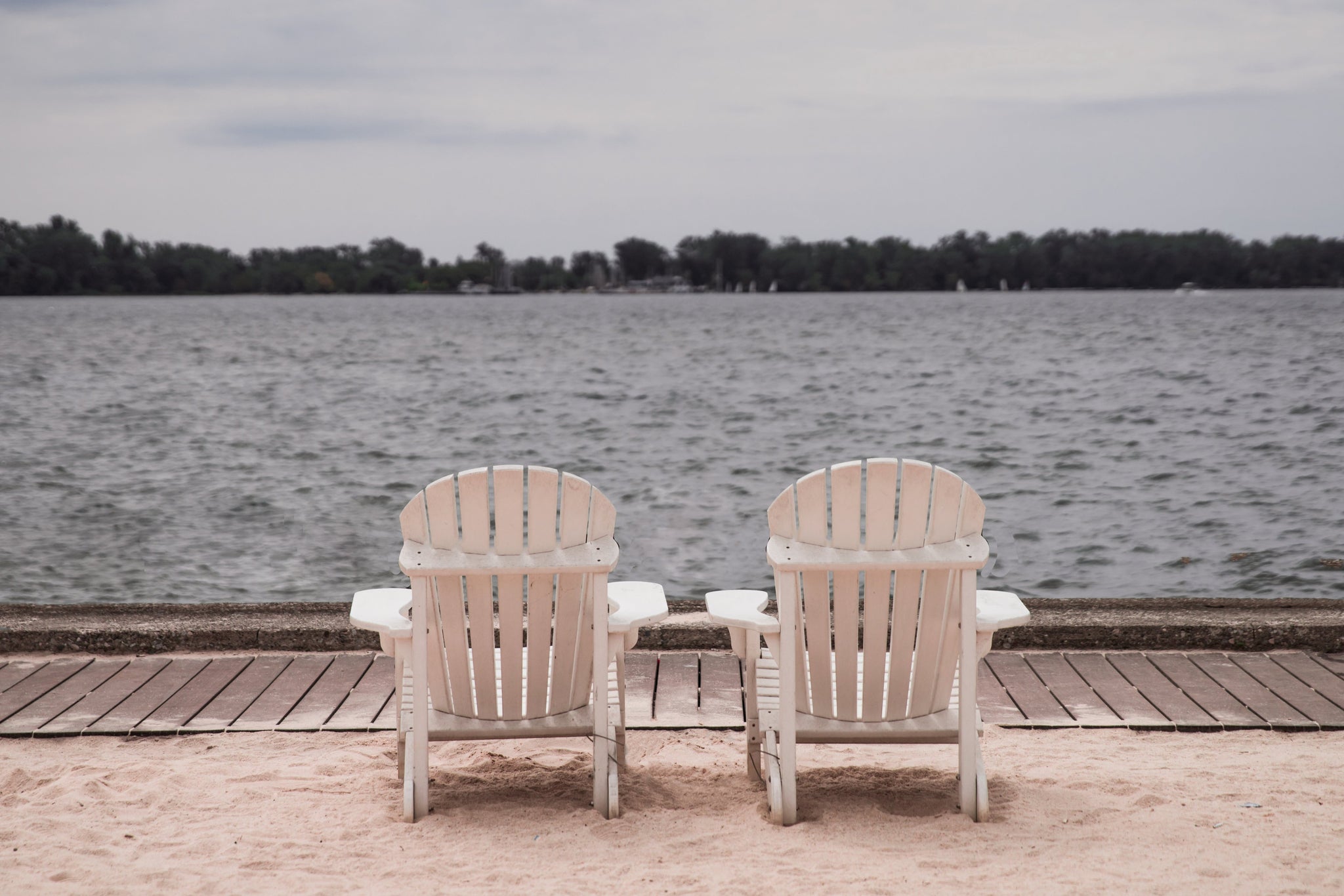Clear Lake Coffee Roasters Presents: Explorer Series, History Edition - Laos, The Kingdom of a Million Elephants - September, 29, 2020

Laos became a French colony around the same time Europe was carving up Africa. As important as coffee was in French colonies around the world, they missed out on Europe’s late 19th century “scramble for Africa” in that they came away with most of northwest Africa, but none of the East African regions that would, over the course of the next century, become synonymous with coffee. Instead, if not exactly in lieu of, they scrambled through what remained “unconquered” in Mainland Southeast Asia and, unintentionally it must be assumed, acquired some of the finest coffee growing land in that region, or in the world if pure tonnage is any indication.
In a stunning lack of creativity indicative of Europeans naming colonies, the French called the region French Indochina (or “Indochine” in French, with the more elegant “sh” sound for “ch”). The name was adopted from an earlier hyphenated version, “Indo-China,” which referred to the entire mainland region and which basically meant, India dominated to the west and China dominated to the north. Thus, Indo-China. The Dutch geographer who coined this designation attempted to recant some years later because he felt the name gave too much credit to China’s influence. He suggested, instead, “Chin-India,” which did not catch on, and no wonder.

After a prolonged and messy extraction of colonial rule, French Indochina became Vietnam, Cambodia, and Laos. Some 50 years after the French left and 25 years after the U.S., Vietnam became and remains the second largest producer of coffee on the planet. If anyone is keeping score of the performance of former colonies, those formerly known as Indochina can claim a win on the coffee front if the score is simply the volume of coffee grown. If quality is the measure, that has been a different story, but this is changing.
The challenge for the region when it comes to specialty coffee is the unalterable fact of altitude. We all know that Vietnam produces a lot of coffee and we all know that a nearly imperceptible amount of this coffee finds its way onto specialty coffee cuppings tables. The average altitude in Vietnam is 400 masl. Even at the center of Vietnamese coffee production, the Buôn Ma Thuột highlands, altitudes only reach an average of 536 masl and 700 masl at the highest points. Clearly, there is significant demand for these coffees around the world, and steady increases in quality over the last 20 years have broadened the market opportunities substantially. But without altitude, specialty grades are unlikely.

In contrast, there is Laos. Once known as the Kingdom of a Million Elephants, the average altitude is over 700 masl and on the Bolaven Plateau at the southern tip of Laos, where 95% of Laotian coffee is grown, altitudes reach 1,350 masl.
Laos is not technically part of the “Ring of Fire,” the volcanoes that line the Pacific Rim, but it sits just outside the ring and experienced volcanic activity long before there were any people around to come up with names like “Ring of Fire.” The Bolaven Plateau is made of rich volcanic soils that contribute to a wealth of vegetation. Numerous rivers and creeks of every size cross the plateau heading west and eventually to the Mekong river, which marks the western edge of the plateau. As the rivers rush to drop more than 1,000 masl in less than 30 miles, there are waterfalls everywhere, contributing to the stunning beauty of the region.
Observing the lush and verdant beauty, it is difficult to imagine that Laos is considered the most heavily bombed nation in the world and that the Bolaven Plateau received the brunt of 2 million pounds of ordnance dropped during more than half a million American bombing missions throughout the Vietnam war. It’s difficult to imagine the sheer number of bombs dropped by the U.S. between 1964 and 1973, but it’s the equivalent of one planeload of bombs, every eight minutes, 24 hours a day, for nine years. The Ho Chi Minh Trail, an infamous and elusive obsession of U.S. military, skirted the eastern edge of the plateau. For this, and other strategic reasons, the secret bombings never stopped.
The legacy of those bombings can still be found in the form of unexploded ordnance. It is estimated that of the 270 million cluster bombs dropped, 80 million did not detonate. Less than 1% of these have been destroyed and unexploded ordnance remains a significant deterrent to expanding agriculture in the region.
The French discovered the value of the Bolaven Plateau 100 years ago when they first planted coffee, rubber, bananas, and other cash crops in the region. Agriculture, like the native vegetation, thrives on the plateau and it is classic coffee land, cool weather tropics with abundant rainfall and volcanic soil.
Coffee has begun to attract new young farmers. Hand cranked pulpers are becoming more common so smallholders can make more money by selling parchment rather than cherry. New coffeehouses and roasters are opening regularly in the capital city of Vientiane and farmers have the opportunity to understand the supply chain and the end-user market. The stage is set in Laos for the emergence of a new and growing specialty coffee origin.

Whilst you're here are 6 reasons for making Clear Lake Coffee Roasters - CLCR - your go-to coffee roaster:
☕️ We are a local family-run business located in the heart of Clear Lake, Iowa.
☕️ We go to great lengths to find only the finest and ethically sourced coffee around, from the top 2% of coffee beans in the world.
☕️ We only source 100% certified Arabica coffee beans, carefully hand-selecting each coffee based on specific quality and taste attributes.
☕️ Our roasting process has been refined over the years and each roast profile is individually designed to complement the nuances of the coffee we source, from Cup of Excellence (COE) award-winning producers.
☕️ By roasting in smaller batches, we can ensure our coffee is ALWAYS fresh, in fact, we roast your coffee only after you place an order - the same day your order ships out.
☕️ At CLCR, we are dedicated to a single mission: the unyielding pursuit of coffee perfection in every cup.
We would give you more reasons, but rather than reading it's better if you visit our website, purchase a bag or two, and experience a unique caffeinated or half-caff journey for yourself 😊!
Explore goodness. Click. Buy. Smile.

Clear Lake, IA, City Park Beach.

Leave a comment
Please note, comments must be approved before they are published